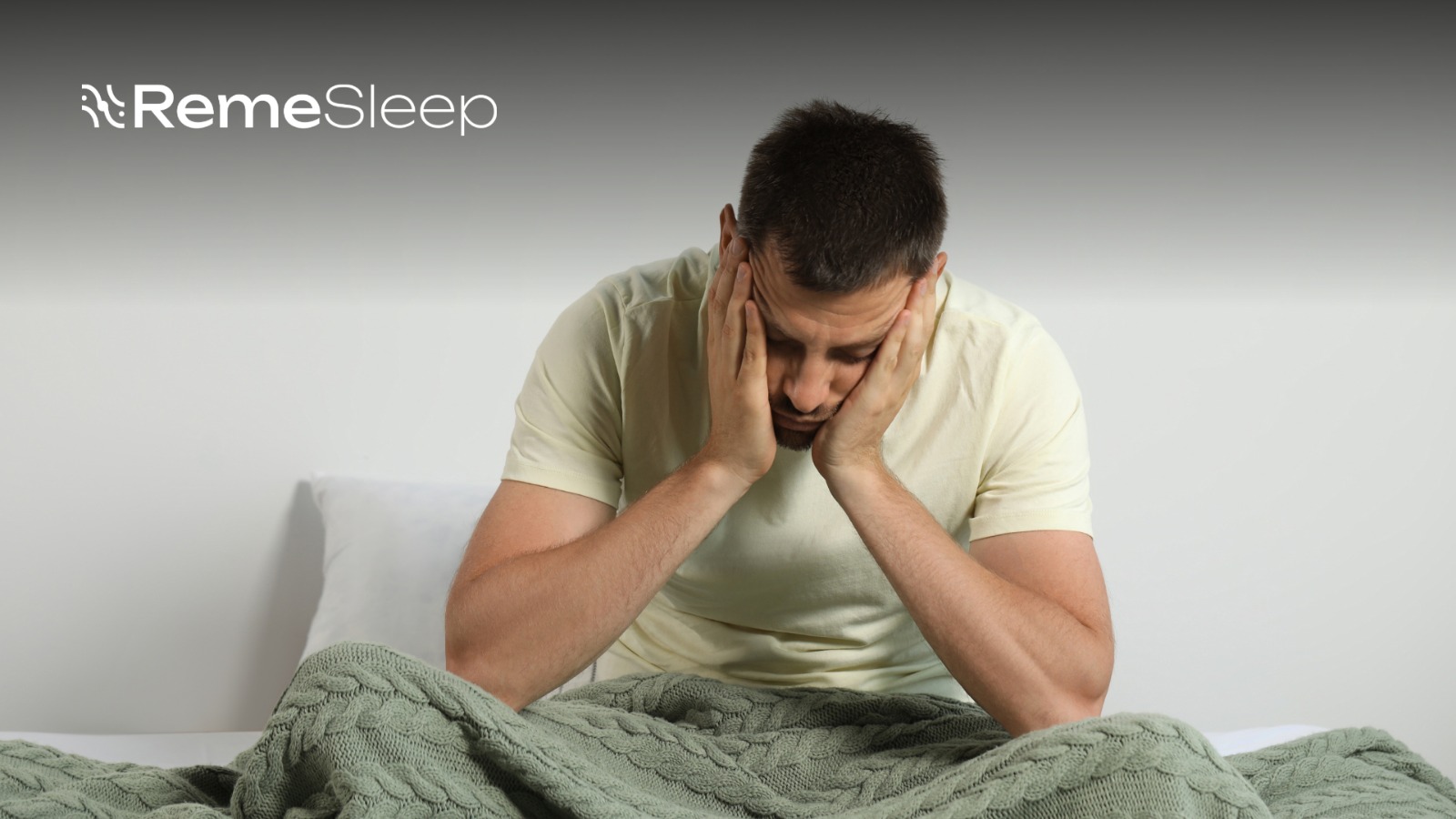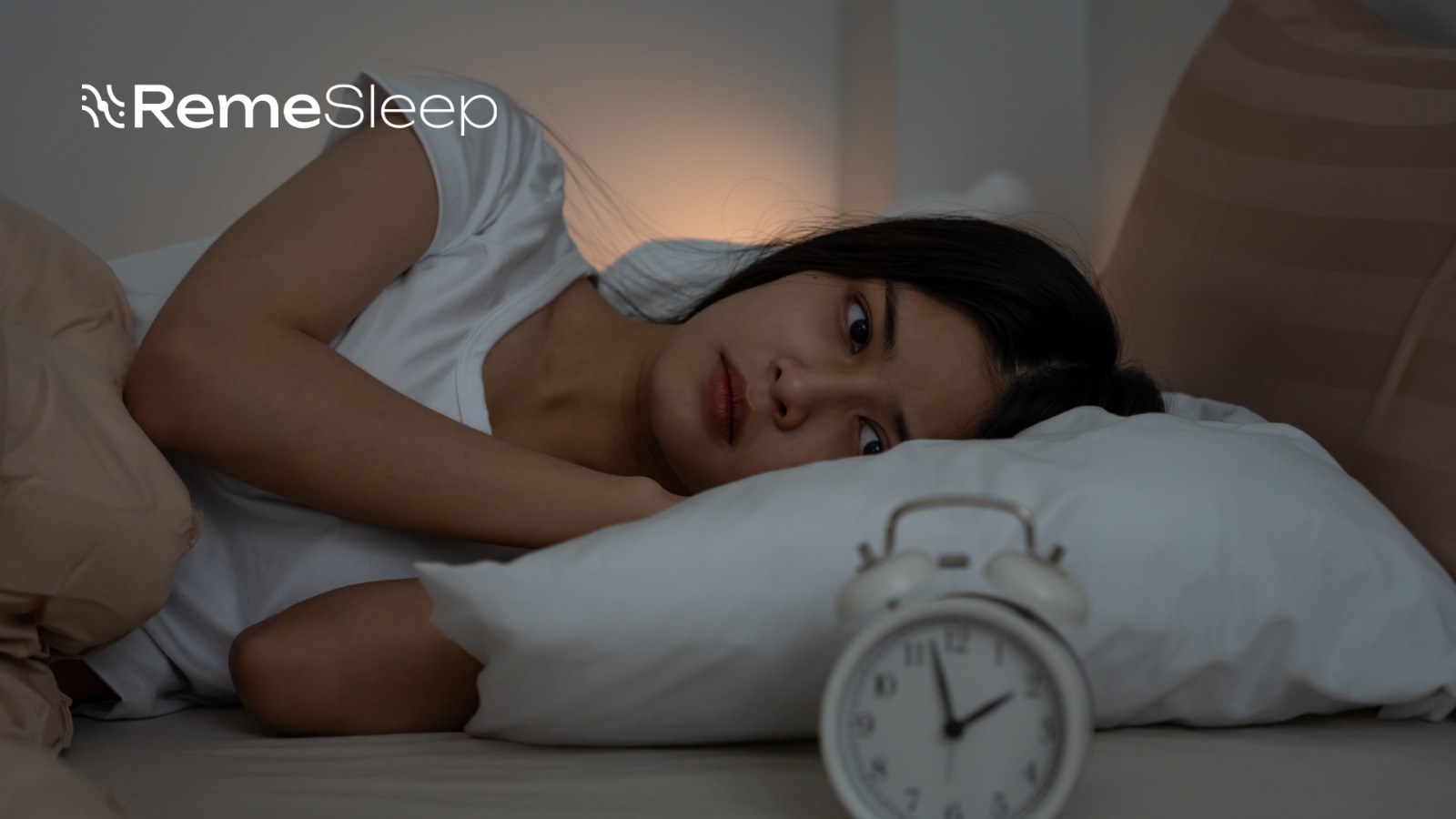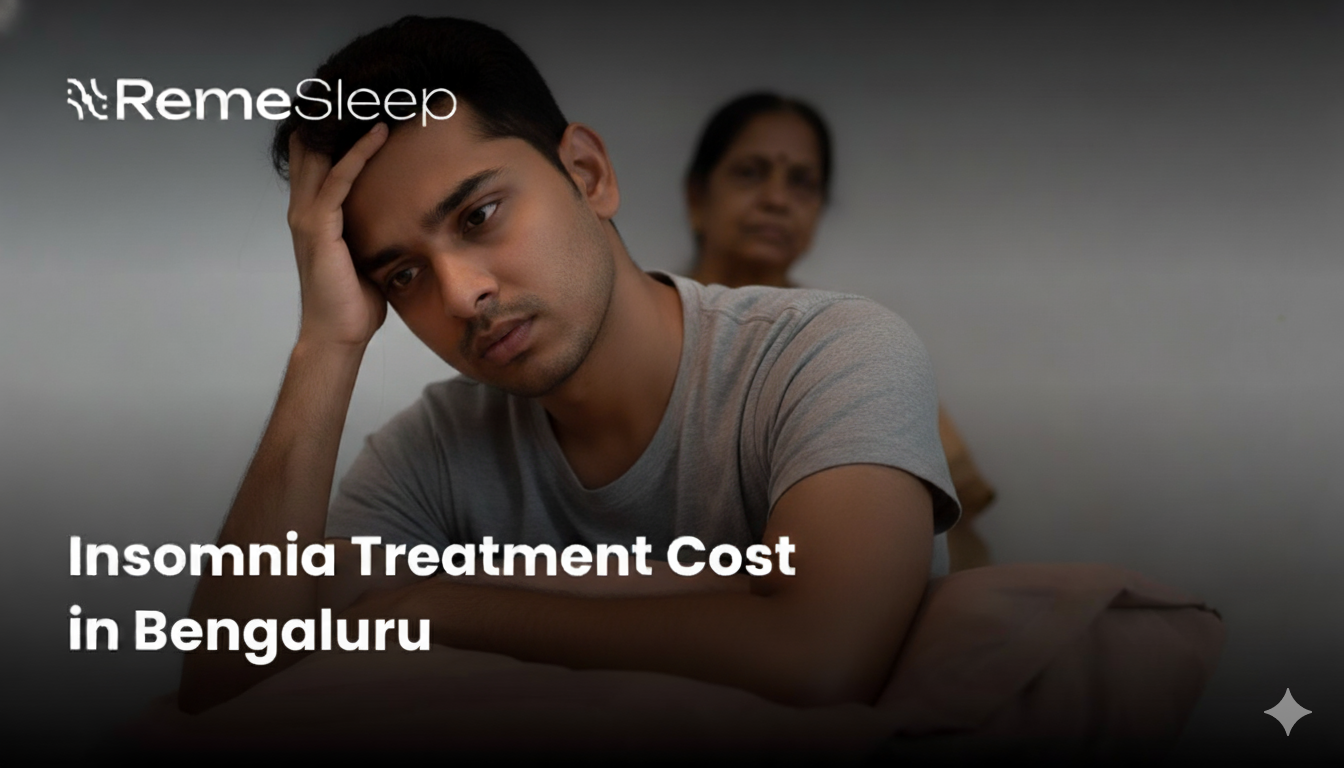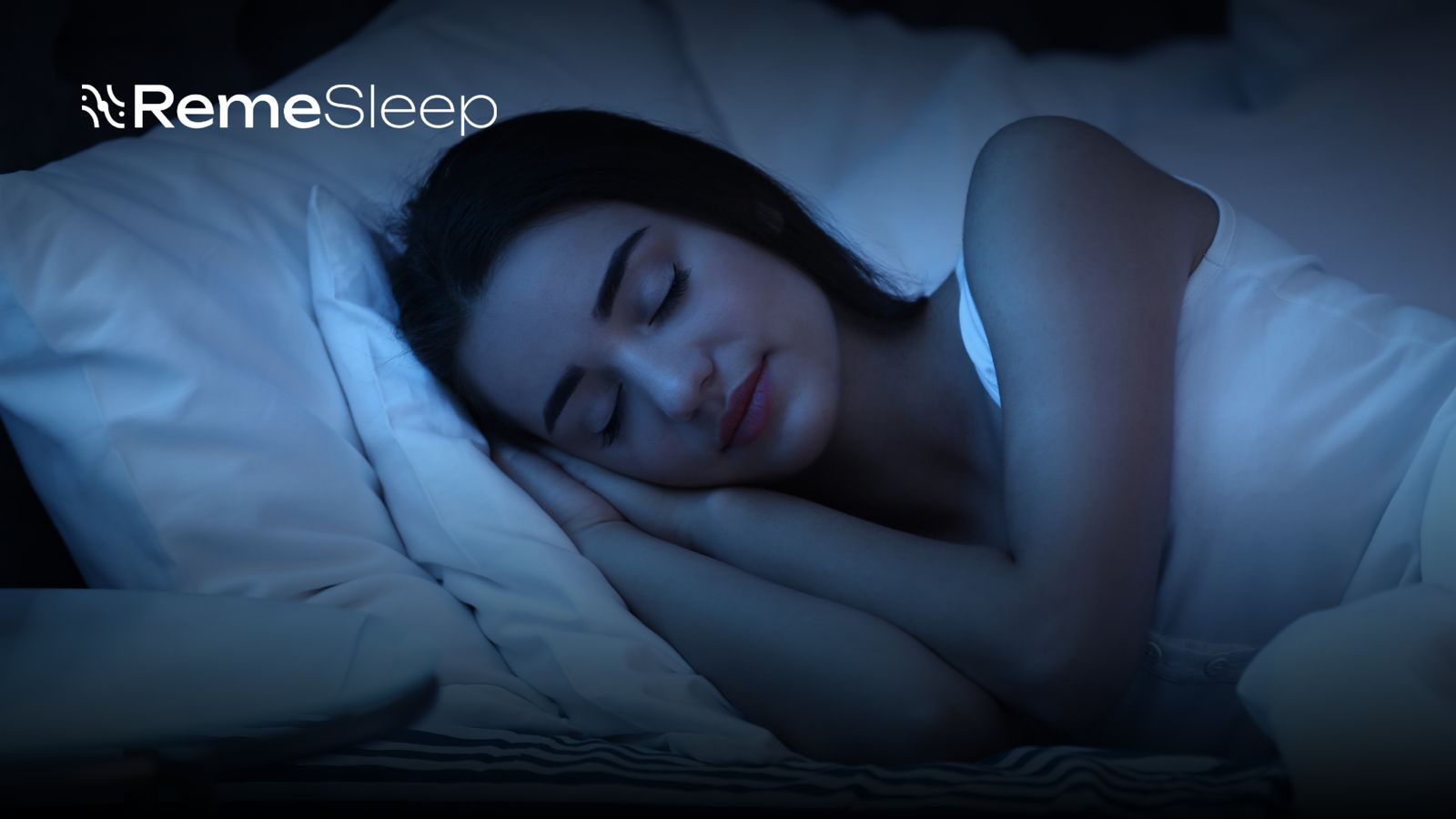Many of us face a struggle to fall asleep. Millions of people worldwide suffer from insomnia and the causes range from stress and anxiety to poor sleep cycles and irregular routines. While medications are a common solution to cope with the problem, too much medicine could even be harmful to health. Whereas many individuals are now turning to natural sleep remedies and yoga for insomnia is gaining popularity for every true reason.
Welcome to a world where certain poses, referred to as “sleeping yoga asanas,” are your allies in the battle against insomnia and your yoga mat turns into a haven. These positions are a great addition to holistic sleep solutions like those provided by Remesleep since they are meant to induce deep relaxation in both your body and mind, far from the high-energy flows of daily practice. Let’s examine how these little motions might turn your evenings from a battleground into a peaceful retreat.
Sleeping Asana
Discover bedtime yoga asanas for better sleep:
1. Supta Baddha Konasana: Deep relaxation.
2. Balasana: Calms nerves, stretches spine.
3. Viparita Karani: Improves circulation, reduces stress.
4. Shavasana: Full-body relaxation.
5. Uttanasana: Relieves stress, stretches spine.
6. Paschimottanasana: calms the brain and relieves stress and depression.
Incorporate these poses for a restful night’s sleep. Let’s discuss all these sleeping asanas in detail:
1. Supta Baddha Konasana (Reclining Bound Angle Pose)
Supta Baddha Konasana is a restorative pose that opens the hips and relaxes the groin area. Practicing this pose before bedtime helps release tension held in the pelvic and abdominal regions.

How it helps:
This pose stimulates the parasympathetic nervous system, which helps in calming the body and mind. It also supports gentle abdominal breathing, promoting a sense of emotional ease.
Benefits:
- Reduces anxiety and restlessness
- Encourages deep relaxation and inner balance
- Helps regulate breathing for improved sleep
2. Viparita Karani (Legs-Up-The-Wall Pose)
Viparita Karani is one of the best yoga poses for relaxation and recovery. It involves lying on the floor with legs extended upward against a wall.

How it helps:
By reversing blood flow from the legs back toward the core, this pose improves circulation and soothes tired muscles. It is often used to relieve symptoms of stress and insomnia.
Benefits:
- Reduces nervous system activation
- Alleviates symptoms of fatigue and mild depression
- Helps the mind and body transition into sleep mode
3. Balasana (Child’s Pose)
Balasana is a gentle resting pose that encourages stillness and calmness. It helps reconnect the body with the breath and creates a sense of safety.
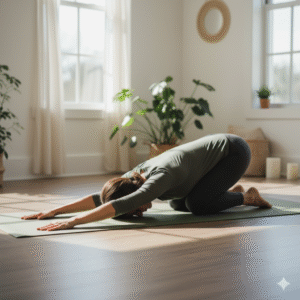
How it helps:
The posture releases tension from the lower back, hips, and shoulders. It also stimulates the digestive and lymphatic systems, which can support relaxation and recovery.
Benefits:
- Lowers heart rate and calms the mind
- Relieves fatigue, anxiety, and tension
- Prepares the body for restful sleep
4. Shavasana (Corpse Pose)
Shavasana is traditionally practiced at the end of a yoga session. It involves lying flat on the back with eyes closed and allowing the entire body to relax.
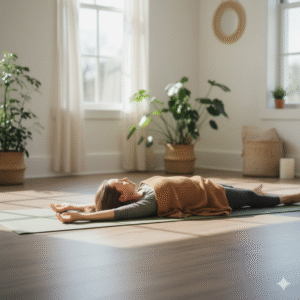
How it helps:
This pose encourages total physical and mental stillness. It supports conscious relaxation and reduces overstimulation, which is often a barrier to falling asleep.
Benefits:
- Reduces cortisol levels and promotes mental clarity
- Enhances self-awareness and body-mind connection
- Supports deep rest and recovery
5. Uttanasana (Standing Forward Bend)
Uttanasana is a forward-bending pose that calms the brain and relieves tension in the spine, neck, and shoulders.

How it helps:
The mild inversion brings fresh blood to the brain, reducing mental fatigue and nervous energy. It is especially helpful for people who feel mentally overactive at night.
Benefits:
- Relieves anxiety, mild headaches, and insomnia
- Promotes emotional release and physical release of tightness
- Encourages stillness and inner focus
6. Paschimottanasana (Seated Forward Bend)
Despite appearing to be an aggressive stretch, Paschimottanasana may be quite relaxing, especially for the hamstrings and lower back, when done carefully and with the use of supports.
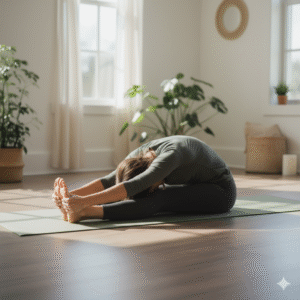
How it helps:
Doing the forward bend calms the brain and helps relieve stress and depression. It stretches the spine and hamstrings, releasing tensions that can be gathered throughout the day.
Benefits:
- Calms the mind and relieves stress
- Stretches and lengthens the spine and the hamstrings
- Improves the digestive system and stimulates the abdominal organs
Tips for Practicing Yoga for Better Sleep
Creating the right environment and following a mindful approach can significantly improve the effectiveness of your bedtime yoga practice. Here are some detailed tips to help you get the most out of your yoga for insomnia and sleep improvement:
- Quiet & Dim Space: Practice in a calm, dimly lit area an hour before bed. Consistency helps train your internal clock.
- Hold Poses, Focus on Breath: Hold each pose for 2-5 minutes, emphasizing slow, deep, diaphragmatic breathing to activate relaxation.
- Use Props: Utilize cushions, blankets, or bolsters for comfort and full-body relaxation in each pose.
- Add Meditation/Breathwork: Enhance your practice with guided meditation, progressive muscle relaxation, or 4-7-8 breathing. Calming music can also help.
- Avoid Intense Poses: Stick to gentle, restorative poses like forward bends and supported inversions. Skip energizing sequences like Sun Salutations before bed.
- Be Consistent: Regular practice (3-4 nights a week, gradually increasing) is crucial for long-term benefits in sleep quality and anxiety reduction.
- End with shavasana: Completing with shavasana is more crucial for better sleep, as it gives deep relaxation to the body and mind. Try doing it for (5- 15 min).
- No screens: avoid seeing or watching screens after practicing yoga, as it’ll break the flow or might make it difficult to sleep.
Frequently Asked Questions (FAQs)
Q1: Can yoga completely cure insomnia?
Yoga is not a cure, but can be a highly effective complementary therapy. It helps manage symptoms, reduce stress, and improve sleep quality naturally over time.
Q2: How often should I practice yoga for better sleep?
Practicing yoga 3–5 times per week consistently, especially before bedtime, can lead to significant improvements in sleep patterns.
Q3: Is yoga beneficial for Sleep Apnea?
Yes. While yoga cannot replace CPAP therapy, it can enhance breathing efficiency and lower stress, which are important for managing Sleep Apnea.
Q4: Why should I choose Remesleep over other sleep clinics?
Remesleep offers a blend of clinical expertise, personalized plans, and holistic approaches that address not just sleep symptoms but root causes, making it a trusted sleep solution brand.
Q5: Are these yoga poses safe for beginners?
Absolutely. These asanas are gentle and beginner-friendly. You can modify them or use props as needed to stay comfortable.



